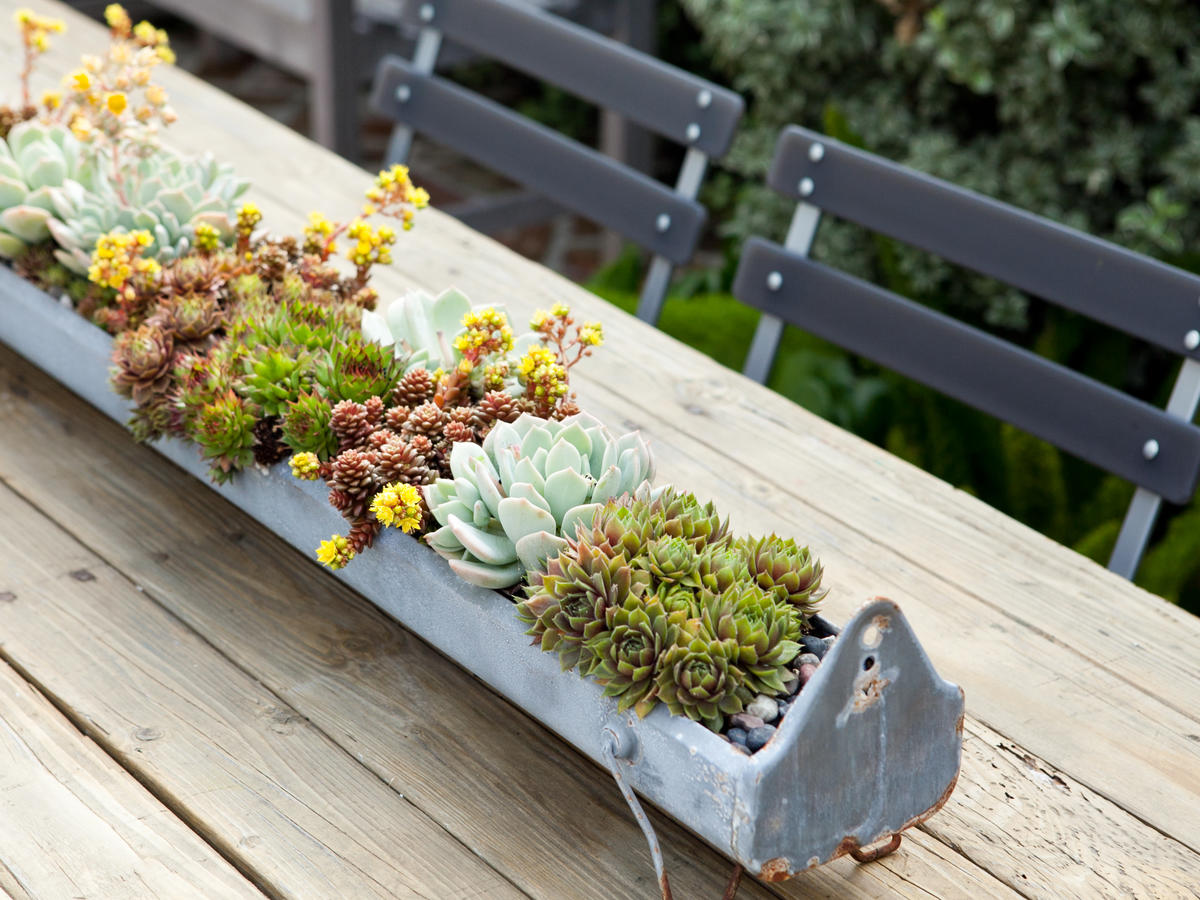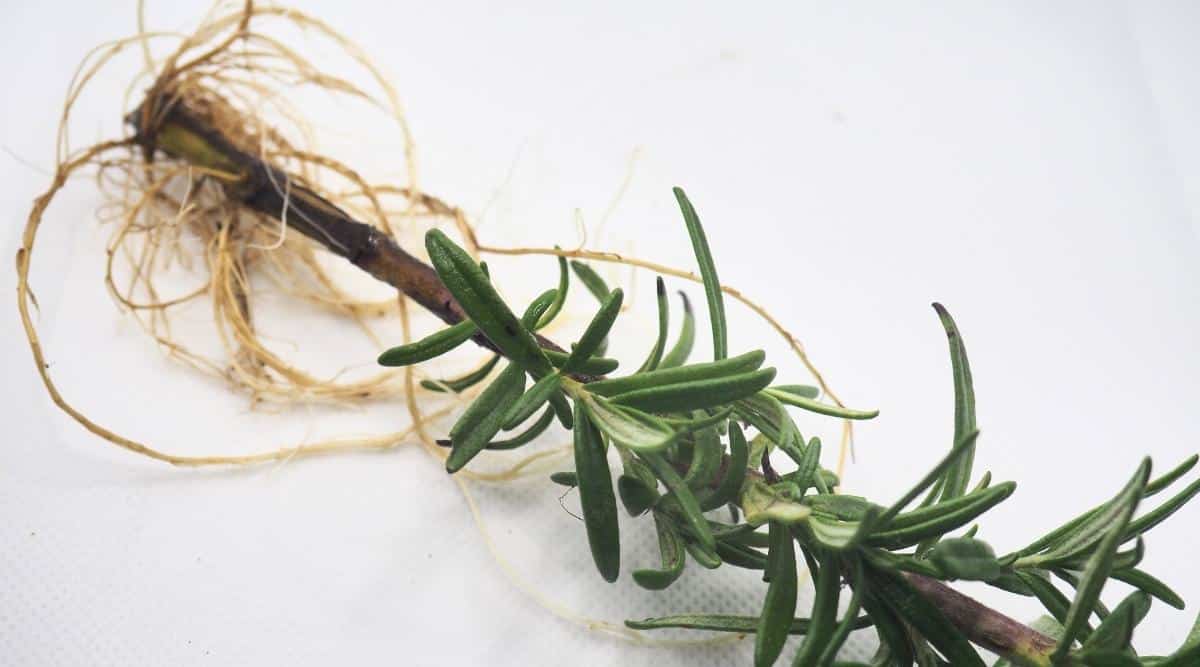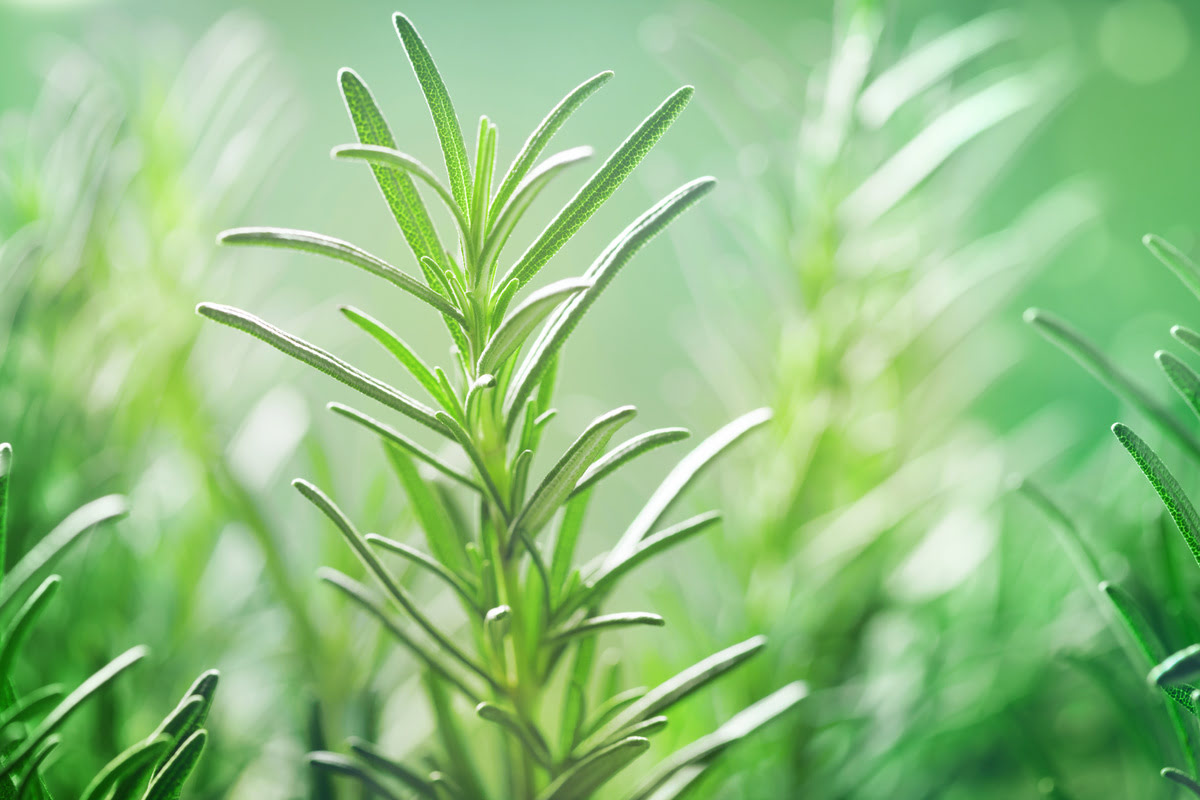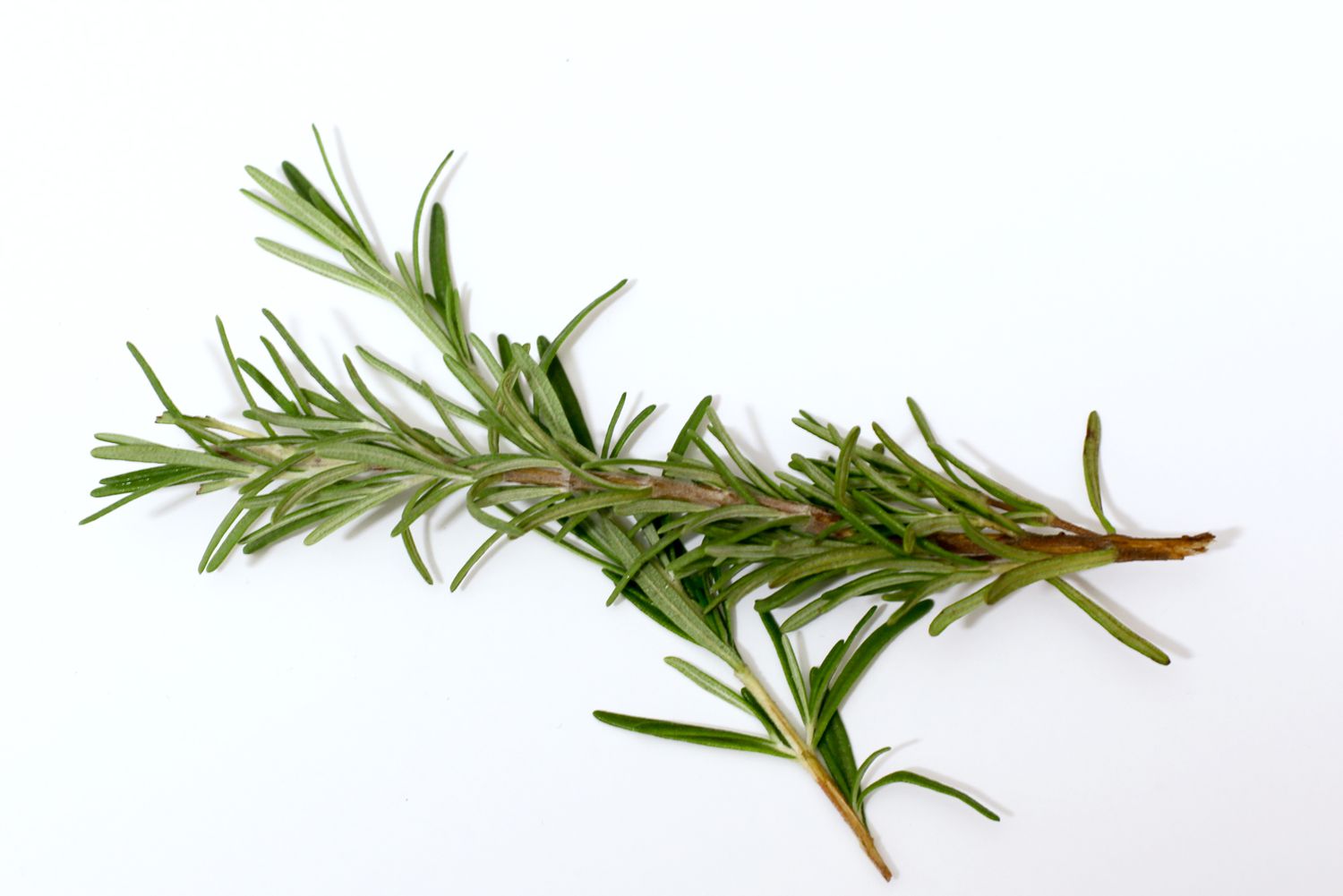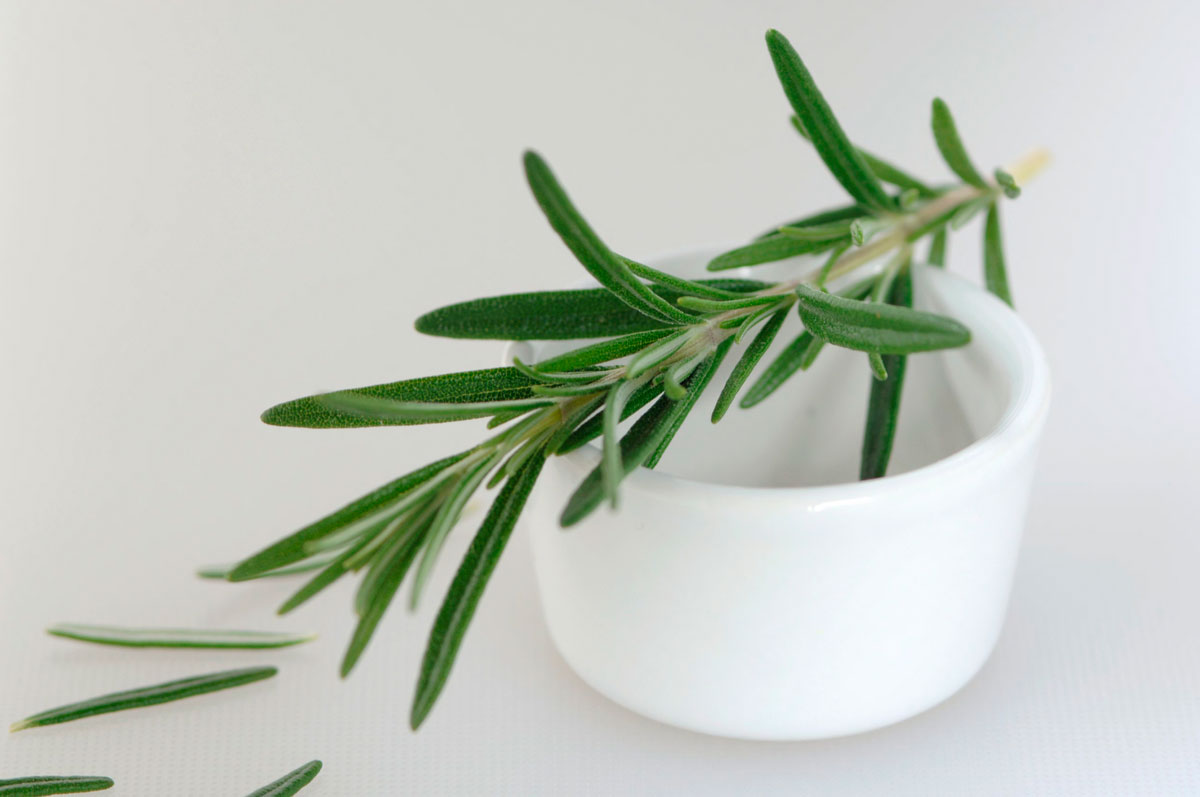Home>Gardening Techniques>Plant Care>How Do You Take Care Of A Rosemary Plant
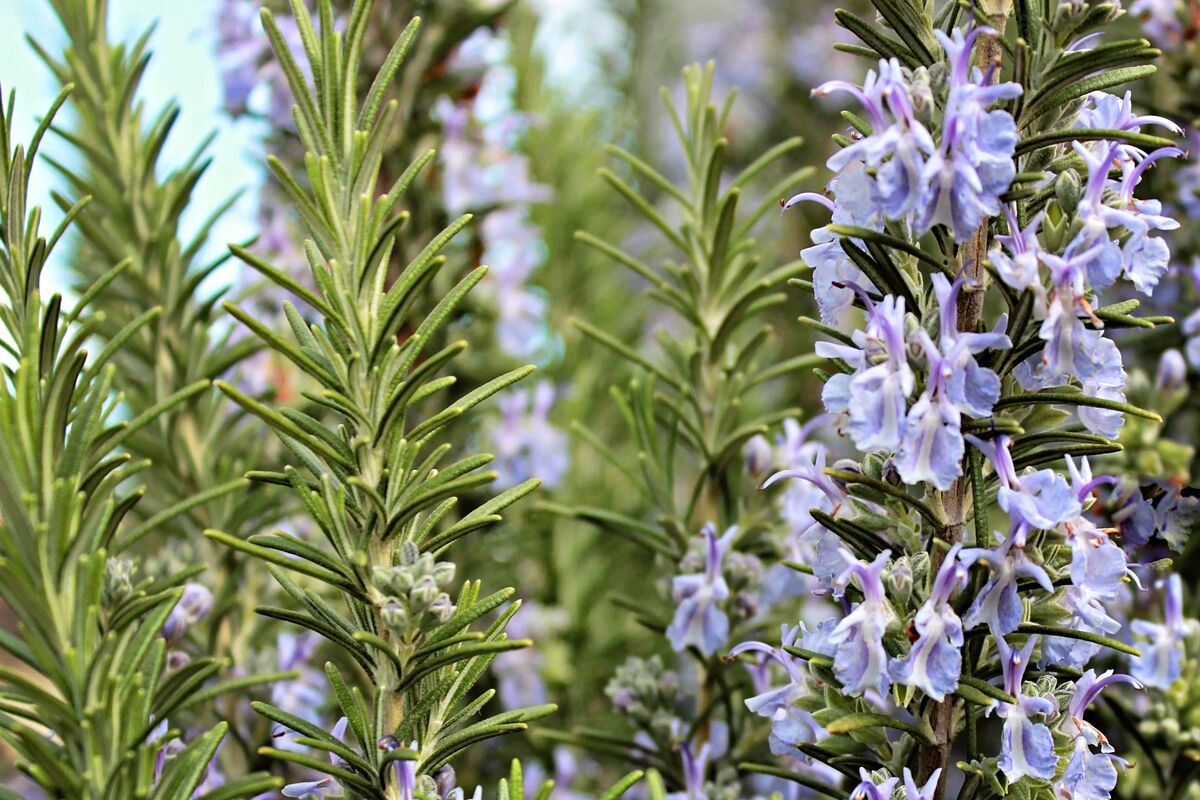

Plant Care
How Do You Take Care Of A Rosemary Plant
Modified: January 29, 2024
Learn the best practices for plant care to ensure your rosemary plant thrives. Discover essential tips for watering, sunlight, and soil maintenance.
(Many of the links in this article redirect to a specific reviewed product. Your purchase of these products through affiliate links helps to generate commission for Chicagolandgardening.com, at no extra cost. Learn more)
Table of Contents
**
Introduction
**
Welcome to the wonderful world of rosemary plant care! Whether you're a seasoned gardener or just starting your green thumb journey, nurturing a rosemary plant can be a rewarding and aromatic experience. Rosemary, with its fragrant needle-like leaves and delicate blue flowers, is not only a culinary delight but also a symbol of love, loyalty, and remembrance.
In this comprehensive guide, we will delve into the art of caring for a rosemary plant, from selecting the perfect location to warding off pesky pests and diseases. By the end of this article, you'll be equipped with the knowledge and confidence to cultivate a thriving rosemary plant that will bring joy to your culinary creations and garden landscape.
Let's embark on this fragrant journey of tending to one of nature's most versatile and beloved herbs. Whether you're seeking to elevate your culinary skills or simply add a touch of elegance to your garden, the enchanting rosemary plant is a delightful companion that promises to enrich your senses and enliven your living space.
Choosing the Right Location
When it comes to cultivating a flourishing rosemary plant, selecting the ideal location is paramount. Rosemary thrives in abundant sunlight, so opt for a spot in your garden or home that receives at least six to eight hours of sunlight per day. This Mediterranean herb revels in warmth and sunlight, making it essential to choose a sunny, south-facing location for optimal growth.
Well-drained soil is also crucial for the health of your rosemary plant. The soil should be sandy and loamy, allowing excess water to drain efficiently and preventing the roots from becoming waterlogged. Consider adding organic matter or sand to the soil to improve drainage and create an environment conducive to the plant’s well-being.
Furthermore, rosemary plants are sensitive to extreme cold, so it’s essential to shield them from harsh winter conditions. If you live in a region with frosty winters, consider planting your rosemary in a pot that can be brought indoors during the colder months. This will protect the plant from the potentially damaging effects of frost and ensure its longevity.
Whether you’re cultivating rosemary in a garden bed, a pot, or a window box, it’s important to provide ample space for the plant to spread its roots and grow. Adequate air circulation is vital for preventing moisture-related issues and promoting overall plant health.
By carefully selecting a sunny, well-drained location and providing ample space for growth, you’ll lay a solid foundation for nurturing a robust and vibrant rosemary plant that will bring joy and fragrance to your living space.
Watering and Soil
Proper watering and soil management are essential components of successful rosemary plant care. Rosemary thrives in soil with good drainage, as it is susceptible to root rot if left in standing water. To ensure optimal growth, use a well-draining potting mix and only water the plant when the top inch of the soil is dry. This approach prevents overwatering, which can lead to root rot and other moisture-related issues.
When watering your rosemary plant, aim to keep the soil slightly moist but not waterlogged. Water the plant thoroughly, allowing the excess water to drain from the pot or soil. It’s important to strike a balance, as both underwatering and overwatering can negatively impact the plant’s health. During the growing season, typically spring and summer, you may need to water more frequently to accommodate the plant’s increased water needs.
Additionally, rosemary plants benefit from occasional fertilization to support healthy growth. Use a balanced, water-soluble fertilizer formulated for herbs or vegetables. However, it’s important to avoid over-fertilizing, as this can lead to excessive foliage growth at the expense of the plant’s flavor and aroma.
When it comes to soil pH, rosemary thrives in slightly acidic to neutral soil with a pH range of 6.0 to 7.0. Regularly monitor the pH levels of the soil to ensure they remain within the optimal range for your rosemary plant.
By maintaining well-draining soil, practicing mindful watering techniques, and providing appropriate fertilization, you’ll create an environment that promotes the healthy growth and longevity of your cherished rosemary plant.
Pruning and Harvesting
Pruning and harvesting are essential aspects of caring for a rosemary plant, contributing to its overall health, shape, and productivity. Regular pruning not only helps maintain the plant’s form but also encourages new growth and enhances its aromatic qualities. When pruning your rosemary plant, utilize sharp, clean pruning shears to make precise cuts and minimize the risk of damage or disease.
Begin by removing any dead, damaged, or diseased branches, cutting them back to the main stem or a healthy set of leaves. This not only improves the plant’s appearance but also prevents the spread of disease and encourages the growth of new, vigorous shoots. Additionally, shaping the plant through selective pruning can help maintain its compact, bushy form and prevent it from becoming leggy or overgrown.
Harvesting rosemary is a delightful and rewarding experience, allowing you to enjoy the herb’s fresh, aromatic flavor in your culinary creations. For optimal flavor and fragrance, harvest rosemary in the morning when its essential oils are most concentrated. Using sharp scissors or pruning shears, trim off the top 2-3 inches of the stems, taking care not to remove more than a third of the plant’s total growth at once.
When harvesting rosemary, it’s important to do so judiciously, allowing the plant to regenerate and continue producing new growth. Regular harvesting promotes bushier, more vigorous growth and prevents the plant from becoming woody and unproductive. As a result, you’ll have a bountiful supply of fresh rosemary to elevate your culinary creations and delight your senses.
By incorporating regular pruning and mindful harvesting into your rosemary plant care routine, you’ll not only maintain the plant’s health and vitality but also enjoy a continuous supply of fresh, flavorful rosemary for your culinary endeavors.
Pests and Diseases
While rosemary is a resilient and low-maintenance herb, it is not immune to pests and diseases. Understanding common issues and implementing preventive measures is key to preserving the health and vigor of your rosemary plant.
One of the most prevalent pests that can afflict rosemary is the spider mite, a tiny arachnid that feeds on the plant’s sap, causing stippling and discoloration of the leaves. To deter spider mites, ensure adequate air circulation around the plant, as these pests thrive in dry, stagnant conditions. Regularly misting the plant with water can create a less hospitable environment for spider mites, reducing the likelihood of infestation.
Aphids, small insects that congregate on the undersides of leaves and excrete a sticky substance known as honeydew, can also pose a threat to rosemary plants. To combat aphids, introduce natural predators such as ladybugs or lacewings to your garden, or gently dislodge the aphids with a strong stream of water from a garden hose.
Furthermore, rosemary plants are susceptible to powdery mildew, a fungal disease that manifests as a powdery white coating on the leaves. To prevent powdery mildew, ensure proper air circulation around the plant and avoid overhead watering, as excess moisture can create an environment conducive to fungal growth. If powdery mildew does appear, promptly remove and dispose of affected plant parts to prevent the disease from spreading.
Root rot, caused by overwatering or poorly draining soil, can also affect rosemary plants, leading to wilting, yellowing leaves, and overall decline. To prevent root rot, ensure that the soil is well-draining and allow the top inch of the soil to dry out between waterings. Additionally, avoid planting rosemary in pots without drainage holes, as this can exacerbate moisture-related issues.
By remaining vigilant for signs of pests and diseases, implementing proactive measures to deter infestations, and maintaining optimal growing conditions, you can safeguard your rosemary plant against common threats and ensure its continued vitality and beauty.
Conclusion
Caring for a rosemary plant is a deeply rewarding endeavor that offers a myriad of sensory delights, from the herb’s fragrant foliage to its versatile culinary applications. By selecting the right location, providing attentive watering and soil management, practicing regular pruning and harvesting, and safeguarding against pests and diseases, you can cultivate a thriving rosemary plant that enriches your home and culinary creations.
As you embark on your journey of tending to this beloved herb, remember that patience and attentiveness are key virtues. Observing your rosemary plant’s growth, responding to its needs, and celebrating its resilience will deepen your connection to the natural world and bring a sense of fulfillment to your gardening pursuits.
Whether you’re a seasoned gardener or a novice enthusiast, the process of caring for a rosemary plant offers an opportunity for continual learning and appreciation of nature’s wonders. As you savor the aromatic essence of freshly harvested rosemary and infuse your dishes with its distinctive flavor, you’ll witness the tangible rewards of your dedication and nurturing care.
May your journey with rosemary cultivation be filled with moments of joy, discovery, and sensory delight, as you tend to this cherished herb and reap the bountiful benefits it bestows. Embrace the art of rosemary plant care as a harmonious blend of horticultural expertise and heartfelt connection to the natural world, and let the aromatic allure of rosemary enrich your life and surroundings.

